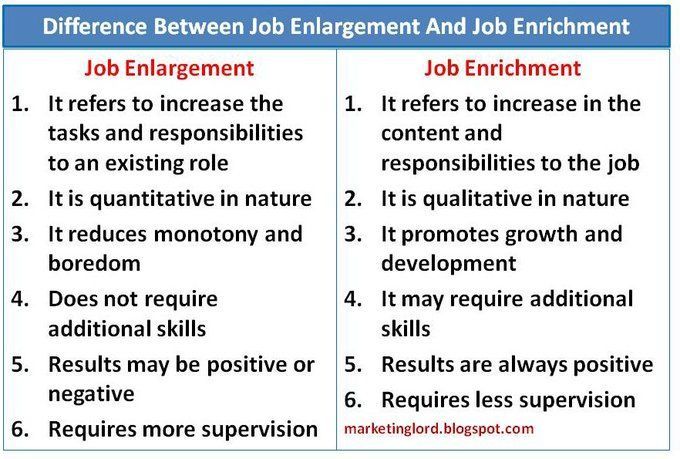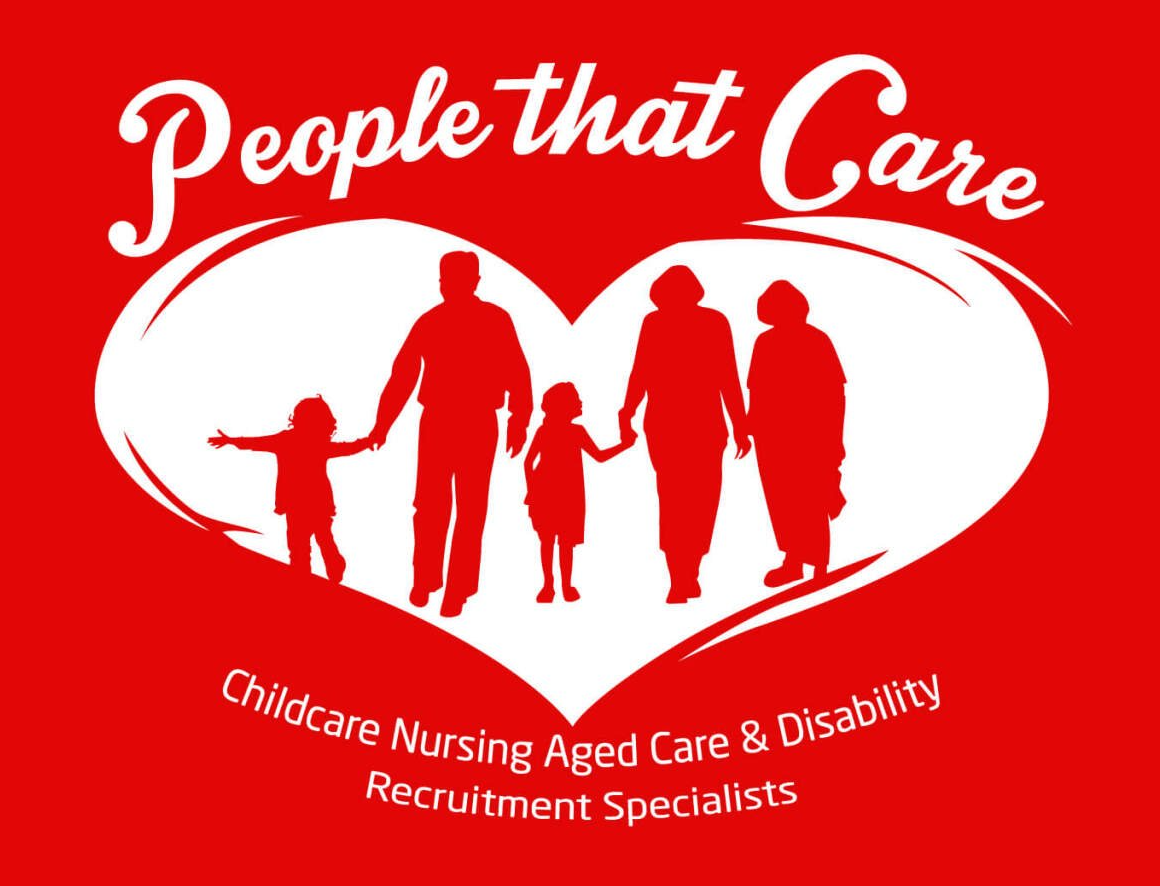How to Create Employee Development Plans That Actually Work
Employee development plans form an invisible backbone for every business or organisation. But what does it take to develop a plan that actually works? We explain.
Without fostering a culture of trust, responsibility, and respect, any company can suffer serious consequences. Throughout this piece, we’ll explore the impact that a poor approach to employee development can have on a business, and how to create employee development plans that promote long-term growth and cooperation.
What is an employee development plan and why does it matter?
An employee development plan is a written plan of action formulated by a line manager that outlines the goals, desires, expectations, and development opportunities of a member of staff.
The document is not just a tool for businesses to ensure that employees are meeting the high standards expected of them but is also designed to empower employees to develop their skills, comfortably assume more responsibilities, and ultimately advance their careers.
Knowing the importance of the development of employees and the future roles and responsibilities they wish to take on is just the first hurdle, however. Creating a plan that works for your team and benefits the long-term growth of your business is a skill in itself, and it starts by understanding the role that this document plays in your day-to-day operations.
Your plan will only work if you create it with mutual agreement and understanding that you intend for it to benefit both parties. For an employee, it means career advancement and ultimately a better quality of life. For a company, it means avoiding unnecessary expenditure, and expanding business operations.
Do more than prepare employees for advancement
Every business should consider the wellbeing and growth potential of its employees, but it must always be done with the company’s future success in mind. Preparing an employee for career advancement can easily backfire if they are not given incentives to stay, meaning your business will not only lose a member of the team but will be hit by the cost of replacing them.
One CAP study found that the cost of replacing an employee in a mid-range position is 20% of their annual salary, and this figure increases the more senior a role that employee filled. Another study from the Work Institute, which examined over 34,000 exit interviews in 2016, found that 22% of employees who left their position did so for career advancement opportunities.
A company that fails to offer these opportunities, or that prepares employees for growth without giving them a chance to move up the ladder should prepare to lose those employees and face substantial costs of replacing them.
Ultimately, this is about your bottom line. It costs time and money to replace staff. Not only can your business benefit from avoiding these costs in the first place, but ensuring employees have the chance to move up the ladder within your organisation allows you to benefit from an ever-improving team that helps you expand your horizons.
Do more than just prepare your employees; make sure there’s room for them to grow.
New approaches to employee engagement mean better business
The evidence shows that companies and organisations that care about their employees perform better, and when an employee works harder, their employer benefits too. A survey of more than 81,000 people by Capital found that Americans care most about how a company treats their workforce.
Customers are more conscious than ever before about ethical matters, and a business that doesn’t treat its employees well will not only suffer in terms of their own morale and performance but will face the wrath of an educated consumer.
With this in mind, international brands are taking new approaches to employee benefits and rights all the time, offering more control over their work schedules, and opportunities to grow in honest ways. Netflix has long been at the forefront of this, paying its employees a salary and ditching bonuses entirely, and allowing their workers to choose their own hours.
This demonstrated the trust the company placed in its employees; a key component in employee development. It also offered workers the chance to demonstrate their value without resorting to lying or cheating to obtain bigger bonuses.
And it works. A 124-slide PowerPoint presentation from the company about its unique approach to employment now has millions of views since it was published in 2009, and since then the company has grown to become one of the biggest media brands in the world.
Evaluate your company’s needs
Motivated? Now it’s time to start evaluating your company’s needs and incorporating your conclusion into a development plan that will yield real results.
Remember what we’ve discussed already; that your company needs to benefit as well as your employees, that your development plans must include opportunities for growth within your own company, that your bottom line should always be in mind, and placing trust in your employees is an absolute necessity.
Consider the following questions:
- Does your company currently have any skill gaps?
- Is your company capable of attracting new talent?
- Is your team meeting targets, or do you require improvement?
- Are you keeping up with market trends?
- Are your employees happy, and have you offered employees the chance to give you feedback?
- Is your company currently in a position to offer promotion opportunities?
- Do you offer promotion opportunities, or are outside hires commonplace?
Create your plan with the answers to these questions in mind. We will explore why these questions are important throughout the rest of this piece.
Plan to achieve milestones
Taking those questions into consideration, every good plan should also include clearly-defined career and development goals agreed by both parties. Allow employees to speak freely about their goals, and line managers must take note without forcing employees to agree to terms that they do not feel comfortable with.
Agree clearly-defined career and development goals, and then create an action plan that includes several milestones and dates by which they will be achieved. This action plan gives employees and managers a timescale to see progress made.
Milestones should include getting to grips with new skills, honing those skills, and becoming proficient in those new skills. They may also include obtaining certifications, undergoing internal training, or even moving up the career ladder and interviewing for a more senior position within the company.
Filling skill gaps and attracting new talent
In order to create a plan that benefits all parties involved, managers must know the company vision and have a set of objectives that are being collectively worked towards. Equip line managers with critical information, like skills gaps that need to be filled in the medium to long-term, and draw up plans with those gaps in mind.
It is essential, however, that employees are not encouraged to work towards a goal they aren’t personally attracted to or interested in. While filling a skill gap is a great opportunity to train an employee, it could cost more in the long-term when that employee leaves the company citing disinterest in their role. That’s why it is just as essential to consider your company’s ability to attract new talent, as it is to allow current employees to advance their career. Find goals that your employees are interested in working towards and you are on a fantastic footing to create a plan that will yield results.
Enable and engage employees, always
Your employee development plan is only ever as good as your employee’s commitment to their role in your organisation. Your employee’s commitment, in turn, is only ever as good as your company’s approach to employee engagement. As outlined in a piece by Text Magic, there are several ways to ensure employees feel engaged and appreciated, even as remote workers.
Remember that much of the work of a development plan is done before it is even written, as your team members will already have an idea about how they feel working for you, and whether they envision themselves working with you for the foreseeable future.
While trusting your employees to either work remotely or to manage their own schedules, it is essential that you, as a line manager or employer, take steps to ensure that your staff feel a strong personal and professional connection to the work that they do.
That includes:
- Clarifying expectations;
- Using technology to connect employees;
- Keeping track with one-on-one meetings;
- Inspiring a culture of remote work;
- Utilising team-building activities.
An employee that doesn’t feel like part of a team is unlikely to remain an employee for much longer, meaning any plans you make may ultimately mean very little. Engage your team and your development plans will prove more fruitful.
Regularly revisit plans and adapt to change
Always incorporate self-adjustment, reflection, and ever-changing market circumstances into your plan. Regularly revisiting a plan with an employee allows line managers not just to track progress, but to see if milestones need to be amended because of outside factors.
Blindly sticking to a plan without considering variables, which appear all the time, is a surefire way to miss deadlines or to disenfranchise employees. Expecting too much when circumstances change can breed resentment or anger and expecting too much of employees never helps.
Always be willing to adapt to change and to respond to variables. That way, your plan always stays viable for all involved.
Ensure all plans are central to the role
It’s not uncommon for employees to see their plan as a side-project to work on outside of their regular work responsibilities. Key to the success of this plan is ensuring that team members understand the that it is in fact central to the role they play within your organisation, and that every day should include steps taken to meet the milestones outlined within that plan.
As we have explored already, every plan should contain achievable and realistic milestones that employees can reach without negatively impacting their efficiency and ability to perform their role properly. By ensuring that your team can realistically achieve their goals, it is less likely that employees will treat the plan as a burden that should only addressed during time off.
Incorporate the plan into daily work schedules!
In Summary
An employee development plan only works when it is well-thought-out, considered, and thorough. Abide by the following eight points and you’ll be on your way to creating plans that deliver real results in the medium-to-long-term.
- Ensure goals are desirable for both parties;
- Create reasonable and achievable milestones without expecting too much, or too little;
- Identify skills gaps and incorporate these into every plan, to avoid excessive future outside hires;
- Don’t just prepare employees for career advancement, but ensure your company has room for them to move up the ladder before setting milestones;
- Foster a culture of trust and give your employees room to grow;
- Engage with your employees, arrange team-building activities, and make them feel respected and appreciated;
- Regularly revisit milestones and adapt to change when necessary;
- Make employee development plans central to daily work schedules.
Source: https://inside.6q.io/create-employee-development-plans/


